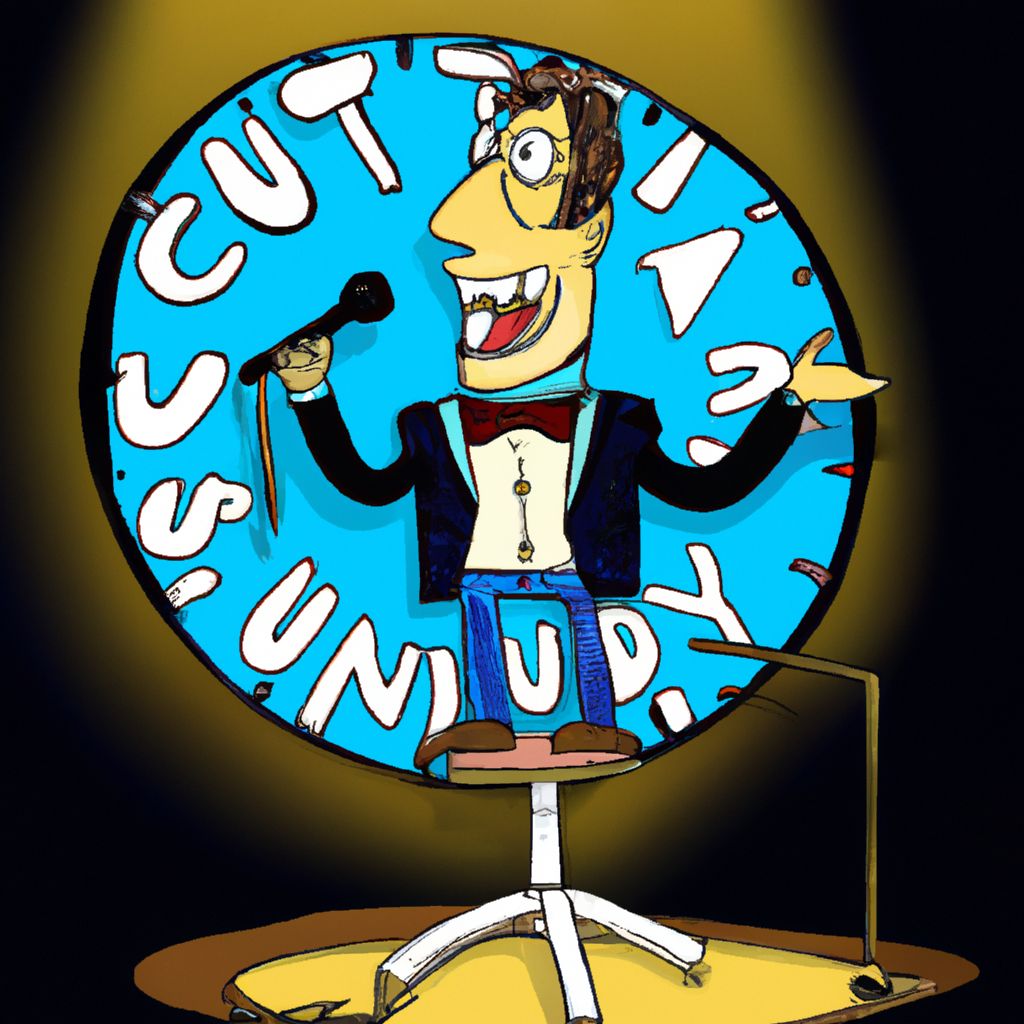Standup comedy is an art that has entertained audiences for generations. At the core of every great standup act is original material that is both relatable and hilarious. Writing your own standup comedy material is a unique challenge that blends creativity, observation, and a deep understanding of comedic timing. In this comprehensive guide, we'll explore the key steps to crafting jokes that will have audiences rolling in the aisles.
Understanding the Basics of Comedy Writing
Before diving into writing, it's crucial to grasp the fundamental principles of comedy. Comedy often stems from a place of truth and exaggeration. It's about finding the humor in everyday situations and presenting it in a way that resonates with your audience. Every successful comedian has a unique voice and perspective, and discovering yours is the first step in writing material that stands out.
Dissecting a Joke
At its simplest, a joke consists of two parts: the setup and the punchline. The setup establishes a scenario or premise, leading the audience in one direction. The punchline then subverts their expectations with a twist, creating the laugh. Understanding this dynamic is key to crafting effective jokes.
Developing Your Comedic Voice
Identifying what makes you laugh is a great way to start finding your comedic voice. Ask yourself what you find funny and why. Your personal style will evolve as you write and perform, so don't be afraid to experiment with different types of humor to see what fits best.
Generating Ideas for Jokes
Ideas for standup material can come from anywhere: personal experiences, observations, or even the news. Keep a notebook or digital recorder handy to jot down funny thoughts or situations as they come to you. The more you practice observing the world through a comedic lens, the easier it will become to generate ideas for your act.
Mining Personal Experiences
Your life is a goldmine for comedy material. Reflect on your most embarrassing moments, dating disasters, or family dynamics. People love to laugh at the misfortunes of others, especially when they can relate to the experience.
Observational Comedy
Observational comedy focuses on the quirks of everyday life. It could be something as simple as the oddities of public transport or the universal struggle with technology. Pay attention to the world around you and question why things are the way they are.
Structuring Your Standup Routine
Once you have a collection of joke ideas, it's time to start structuring your routine. A well-organized act has a natural flow that guides the audience through your material smoothly. Start with your strongest jokes to grab the audience's attention, and end on a high note with your best material.
Connecting Jokes into a Cohesive Set
Transitioning between jokes is an art in itself. Use callbacks, thematic links, or narrative threads to tie your set together. This not only gives your performance a sense of cohesion but can also amplify the humor through repetition and reinforcement.
Editing and Refining Your Material
Writing is rewriting. After putting together a draft of your routine, go back and edit ruthlessly. Cut out anything that doesn't serve the joke or your overall narrative. Practice your set out loud and time it to ensure it fits within your allotted stage time.
"The secret to humor is surprise." — Aristotle
Testing and Revising Your Material
No joke is complete until it's been tested in front of a live audience. Open mics and smaller gigs are perfect for this. Pay attention to audience reactions; what gets a laugh, what doesn't, and why. Use this feedback to revise and hone your material. Comedy is iterative, and even the greats constantly tweak their sets based on audience response.
Gauging Audience Reaction
Reading the room is a crucial skill for any standup comedian. If a joke falls flat, don't get discouraged. Instead, analyze why it didn't work and try a different approach next time. Remember, different crowds respond to different material, so be prepared to adapt on the fly.
Making Adjustments and Keeping It Fresh
As you perform your routine, you'll discover that certain lines or deliveries work better than others. Incorporate these adjustments into your set to keep improving. Moreover, keep updating your material to stay relevant and keep your act fresh. A comedian who stops evolving quickly becomes stale.
Conclusion: Embracing the Standup Journey
Writing your own standup comedy material is a journey with highs and lows. It requires patience, persistence, and a willingness to fail and learn from those failures. Remember, every standup legend started with a blank page and a desire to make people laugh. So embrace the process, hit the stage, and let your unique comedic voice shine!
Now that you're armed with the tools and knowledge to start writing your own standup material, it's time to hit the notebook and find your funny. Keep honing your craft, and who knows? You might just be the next big thing in the world of comedy!








